Facial reconstruction reveals Egyptian 'mummy portrait' was accurate except for one detail
This young boy died at the turn of the first millennium.

Just after the turn of the first millennium A.D., a young child living in Egypt contracted a deadly illness — most likely pneumonia — and died. His tiny body was prepared for mummification and burial; some of his organs were removed, his remains were wrapped in criss-crossed linen bindings and a portrait of his face was affixed to the front of his mummy.
This so-called "mummy portrait" was part of a popular tradition among some Egyptians in Greco-Roman times, from about the first through the third centuries A.D. But how accurate were these portraits? To find out, a team of scientists in Austria and Germany CT scanned this little boy's body and created a 3D digital reconstruction of his face.
The results show that the portrait was fairly accurate, except for one aspect — the artist made the youngster look older than his 3 or 4 years.
Related: Image gallery: The faces of Egyptian mummies revealed
"The portrait shows slightly 'older' traits, which may have been the results of an artistic convention of that time," study lead researcher Andreas Nerlich, the director of the Institute of Pathology at the Academic Clinic Munich-Bogenhausen in Germany, told Live Science in an email.
This single portrait, however, doesn't reveal whether it was a common practice for ancient Egyptian artists to make younger people look older in their mummy portraits.
Child-size mummy
Of the roughly 1,000 recovered mummy portraits from Greco-Roman Egypt, only about 100 are still attached to the mummy. For the project — the first of its kind to compare the mummy portrait of a young child from ancient Egypt with its facial reconstruction — the researchers chose this boy's mummy, found in the 1880s in a cemetery close to the pyramid of Hawara, southwest of Cairo. The 30-inch-long (78 centimeters) mummy, which dates to sometime between 50 B.C. to A.D. 100, is now housed at Egyptian Museum Munich.
Sign up for the Live Science daily newsletter now
Get the world’s most fascinating discoveries delivered straight to your inbox.
The team CT scanned the mummy — and examined X-rays taken of the mummy in 1984 — so they could create a 3D digital image of the boy's body. The CT scan revealed that the boy's brain and some of his abdominal organs had been removed, a common practice during mummification in ancient Egypt. Bone and tooth development revealed the boy's age at his death, probably from pneumonia, according to the researchers, who noticed "residues of condensed lung tissue" on the CT scan, Nerlich said.
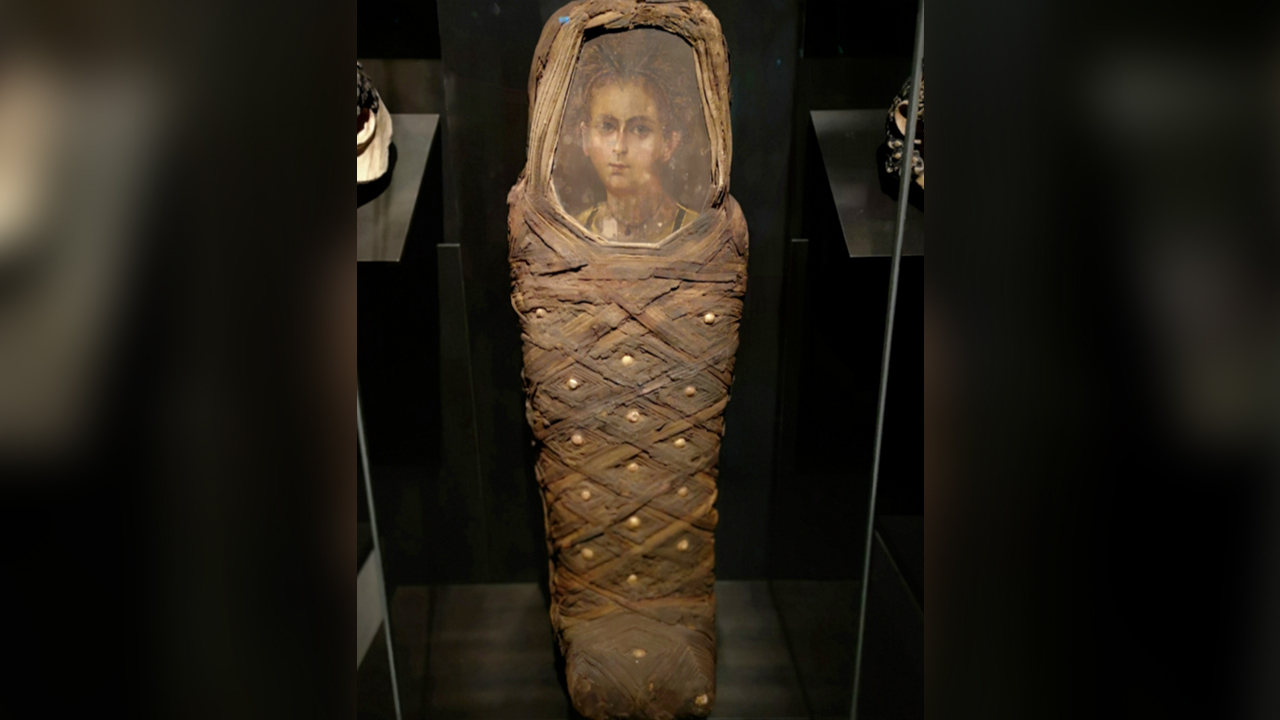
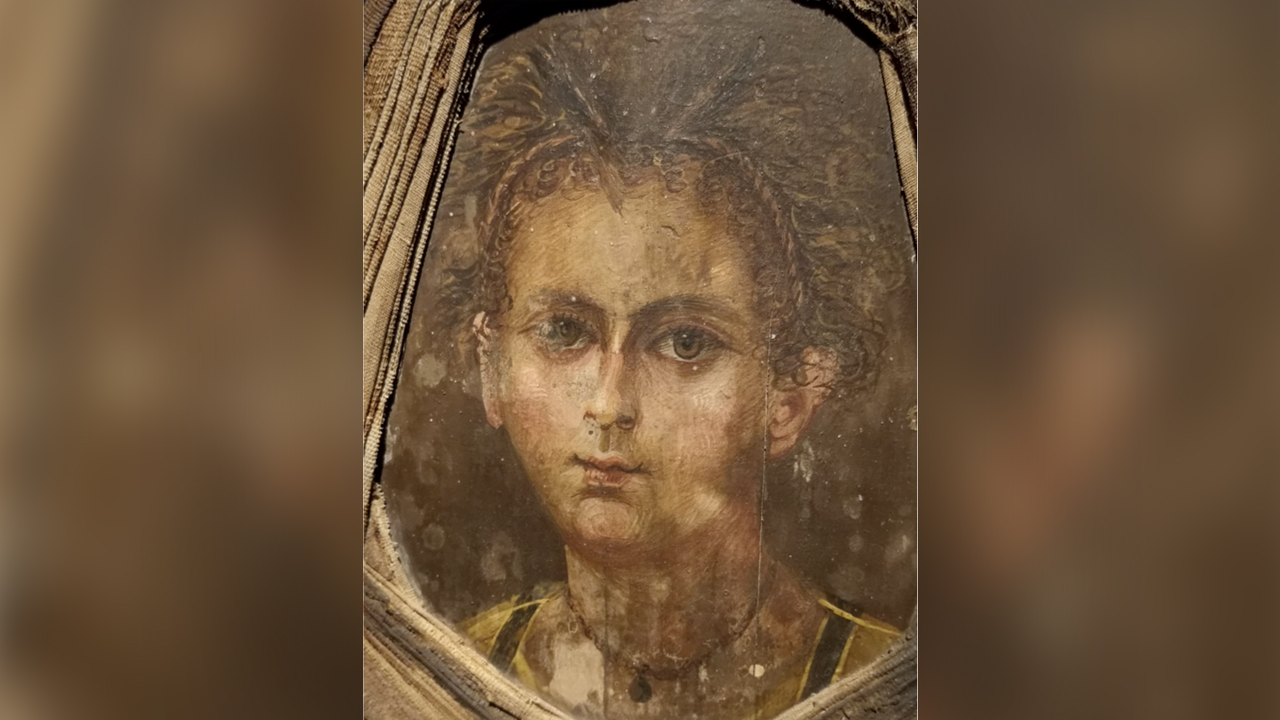
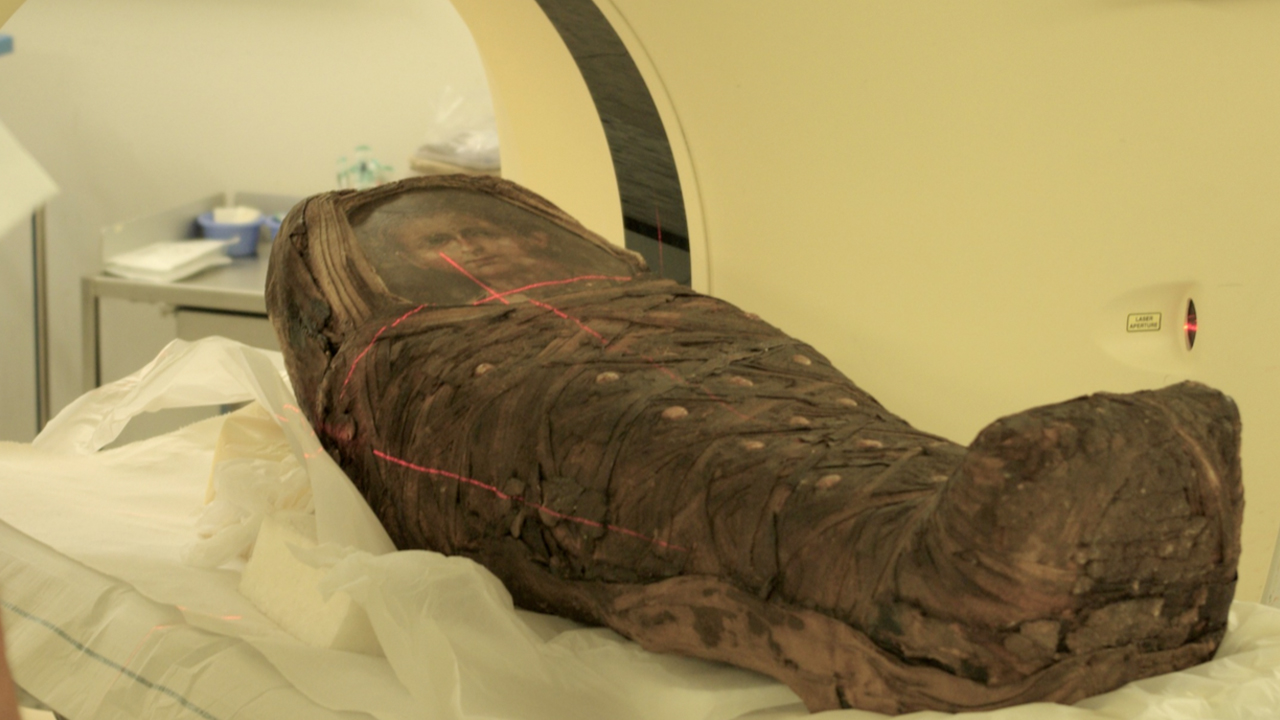
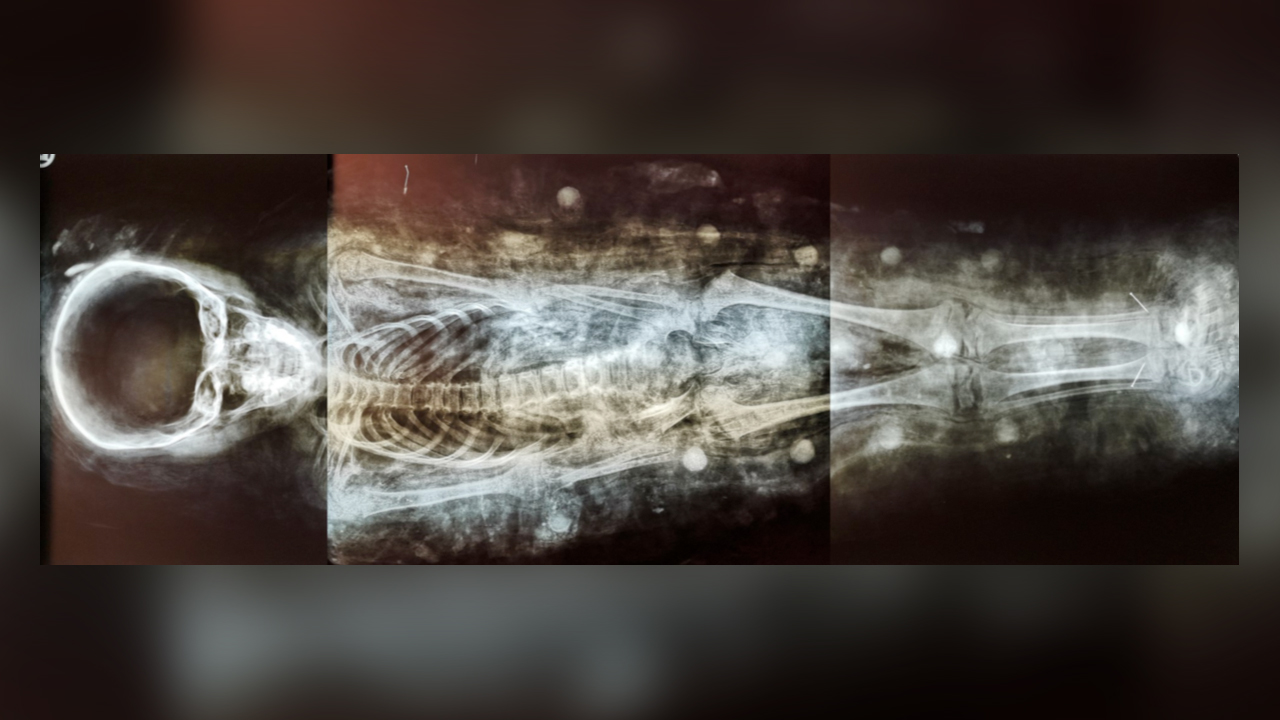
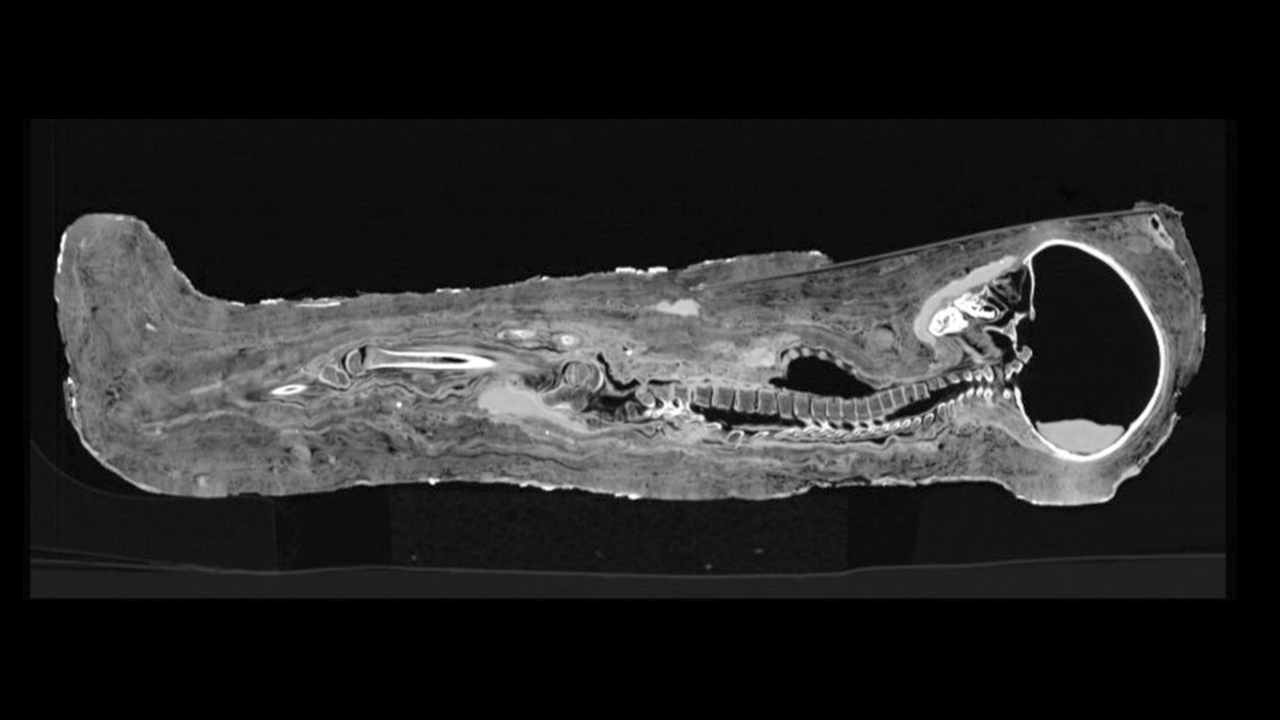
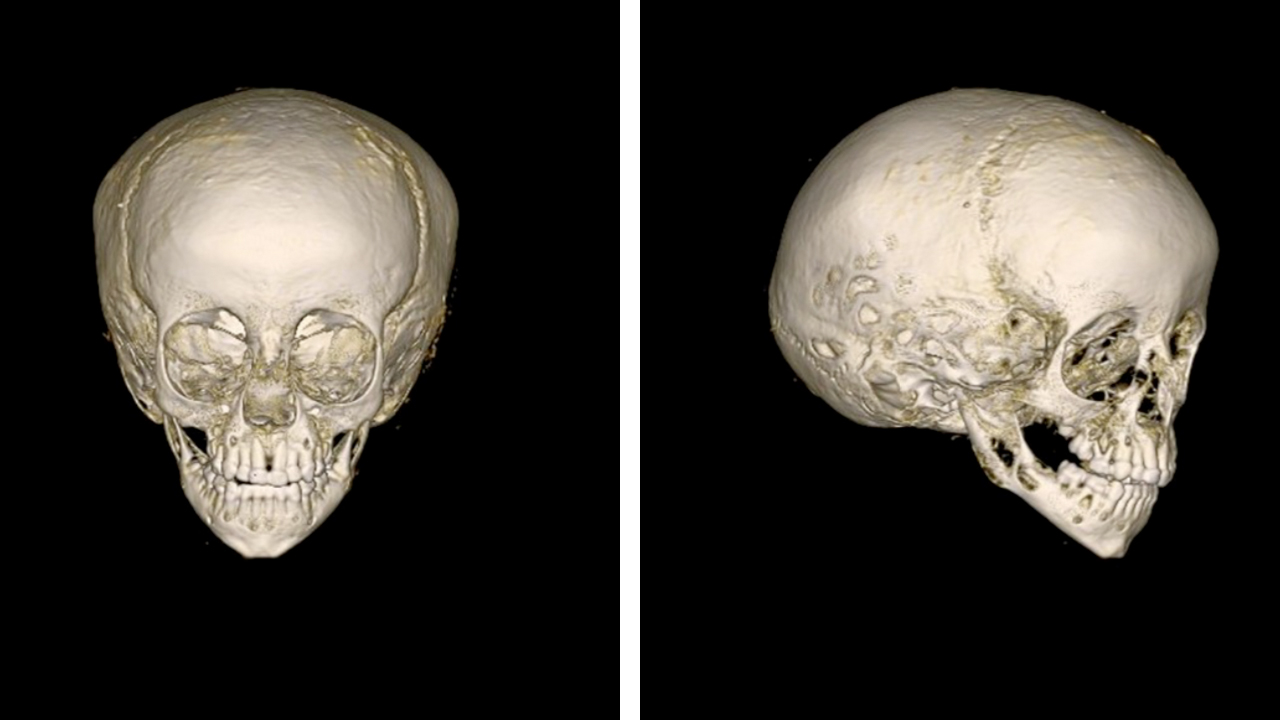
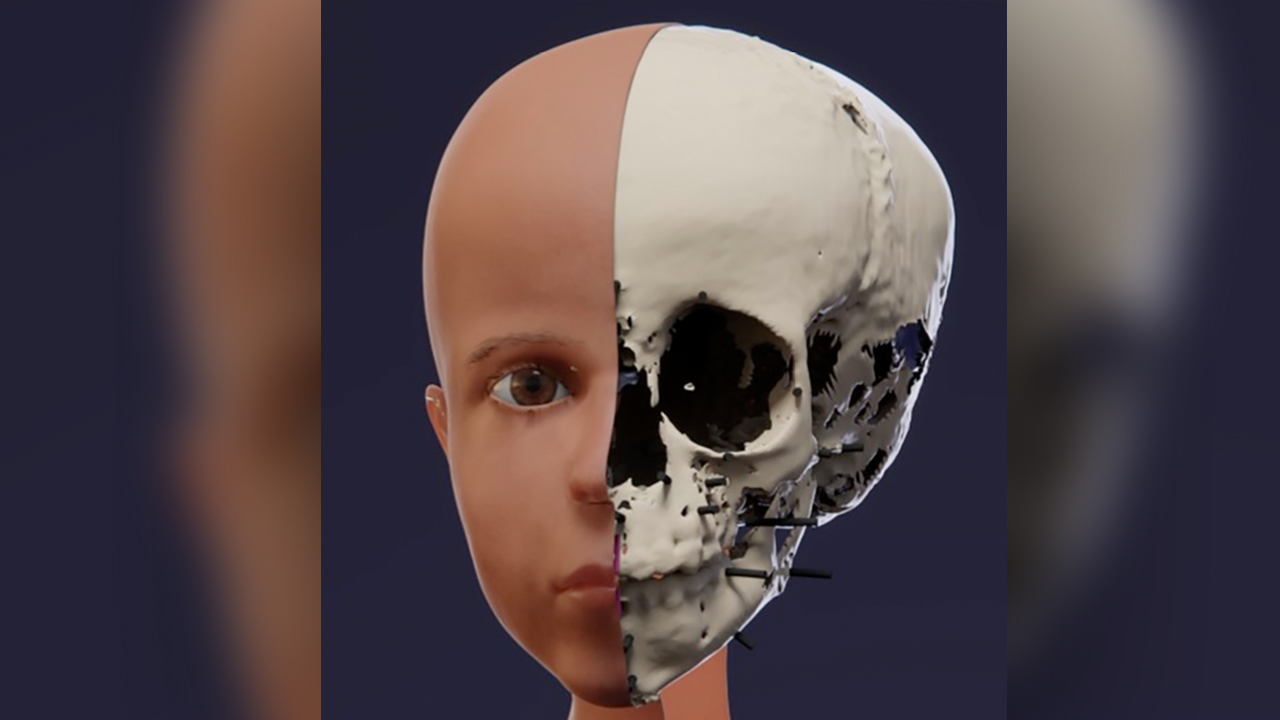
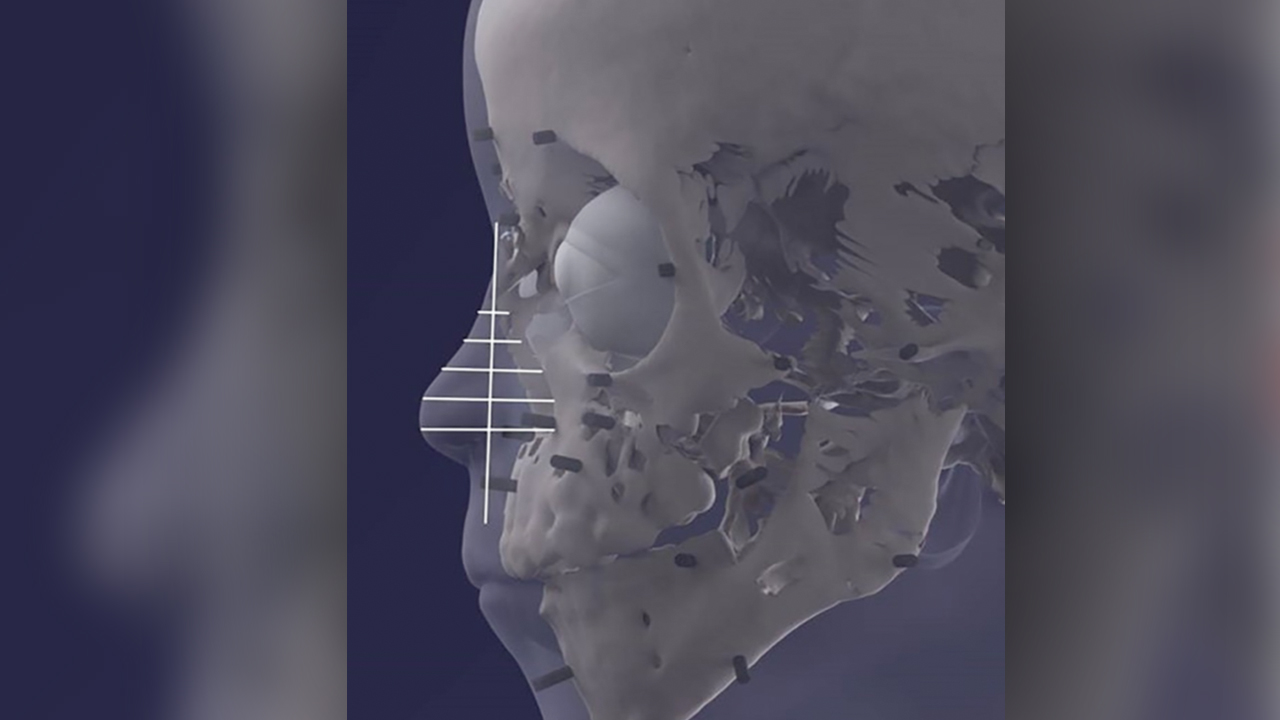
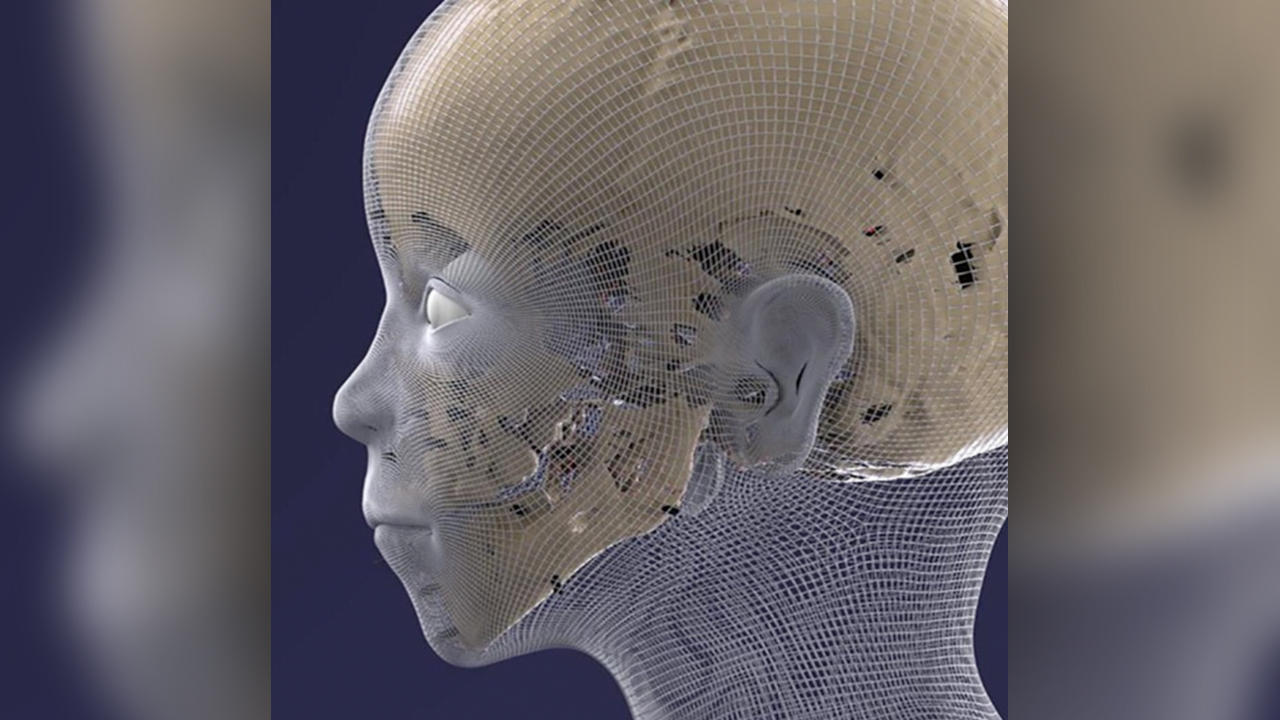
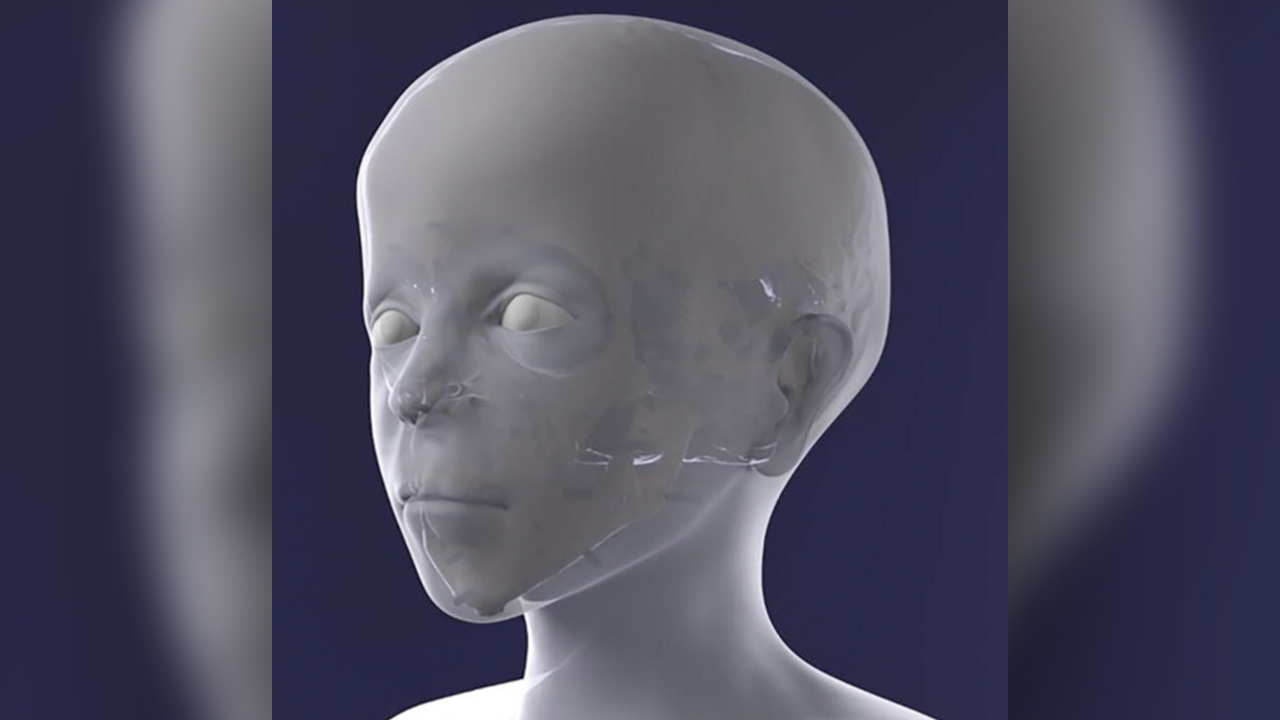
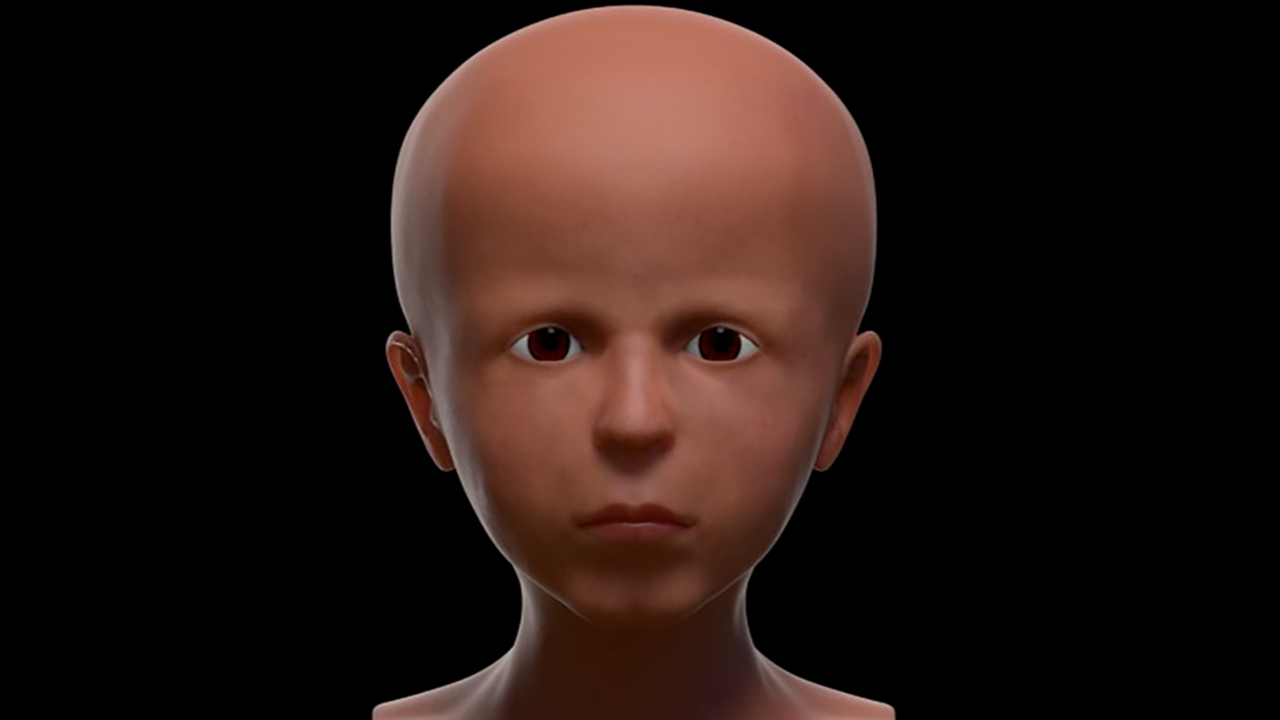
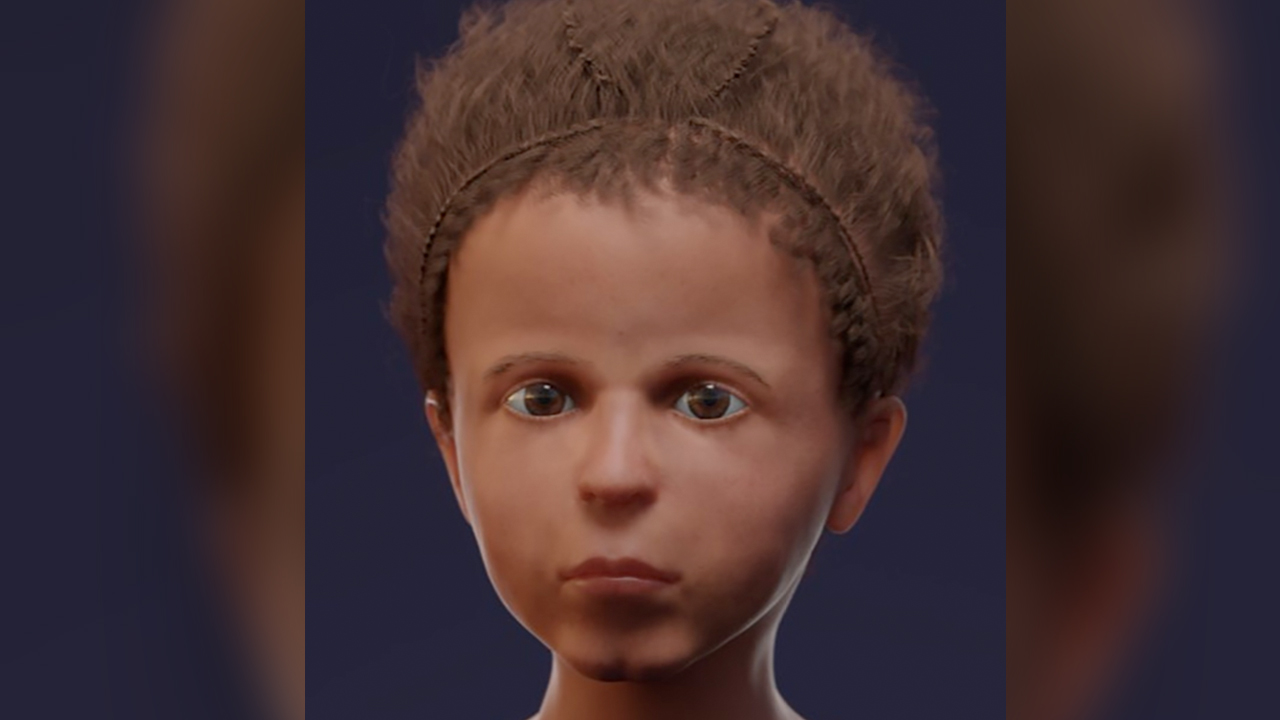
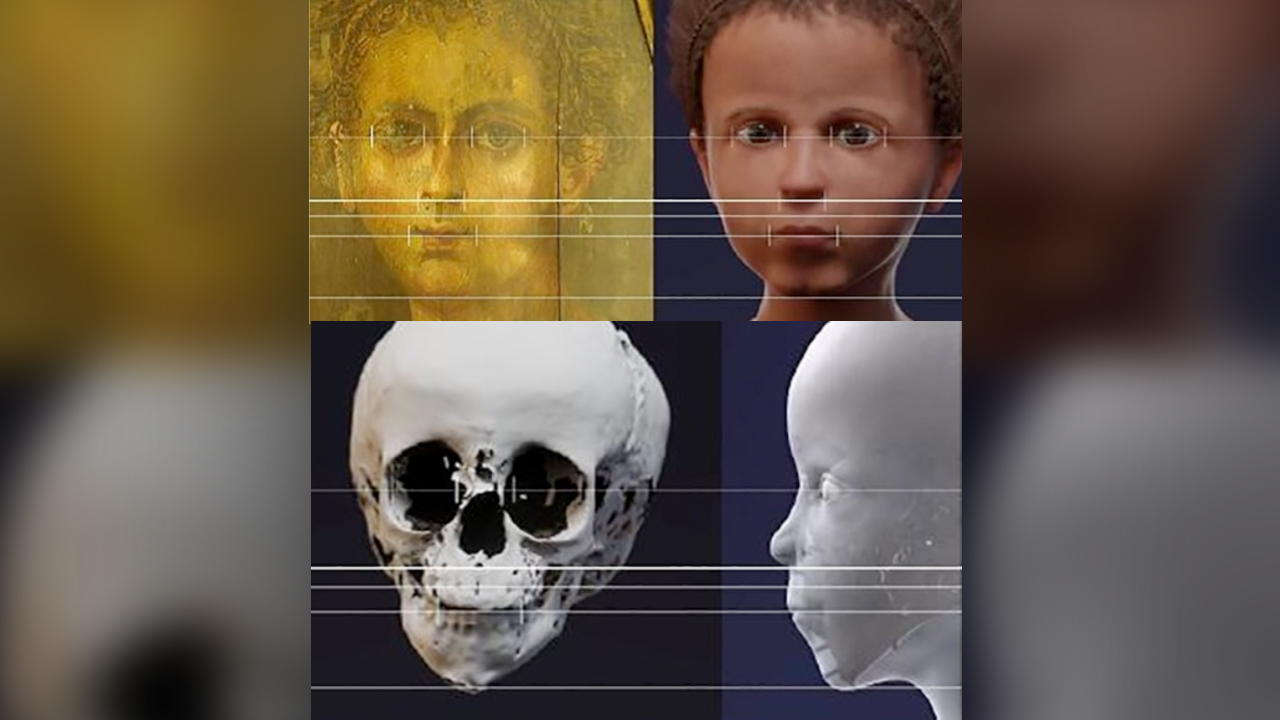
Next, the researchers focused on the boy's face. The boy's portrait shows "curled hair woven into two hair strands running from the crest to the ears," the researchers wrote in the study. "The individual has large eyes of brown color, a long, thin nose and a small mouth with full lips. A necklace with a small medallion hangs around its neck."
To reconstruct the appropriate thickness of the skin, the researchers relied on standards taken from modern children between 3 and 8 years of age. Much of the recreated face was based on the shape of his skull and teeth, while the boy's skin and hair color and hair style were based on the painting, the researchers said.
The facial reconstruction was "very similar" to the portrait, as the dimensions of the forehead to the eye line, and the distance from the nose to the mouth "were exactly the same between portrait and reconstruction," the researchers wrote in the study. "However, differences existed between the width of the nasal bridge and the size of the mouth opening, with both being more slender and 'narrow' in the portrait than the virtual reconstruction."
Related: In photos: The life and death of King Tut
The two are so similar, the portrait "must have been prepared briefly before or after his death," Nerlich said.
This wasn't always the case for mummy portraits. Previous studies of adult individuals whose mummies were affixed with portraits shows that while some are very similar to reality, others are not; one mummy, this one of an older man with a white beard, showed a portrait of the man when he was young, while another known as "The Glyptothek Mummy" had a portrait of a different person, based on the proportions of the skull, previous research revealed.
The study was published online Sept. 16 in the journal PLOS One.
Originally published on Live Science.

Laura is the archaeology and Life's Little Mysteries editor at Live Science. She also reports on general science, including paleontology. Her work has appeared in The New York Times, Scholastic, Popular Science and Spectrum, a site on autism research. She has won multiple awards from the Society of Professional Journalists and the Washington Newspaper Publishers Association for her reporting at a weekly newspaper near Seattle. Laura holds a bachelor's degree in English literature and psychology from Washington University in St. Louis and a master's degree in science writing from NYU.









